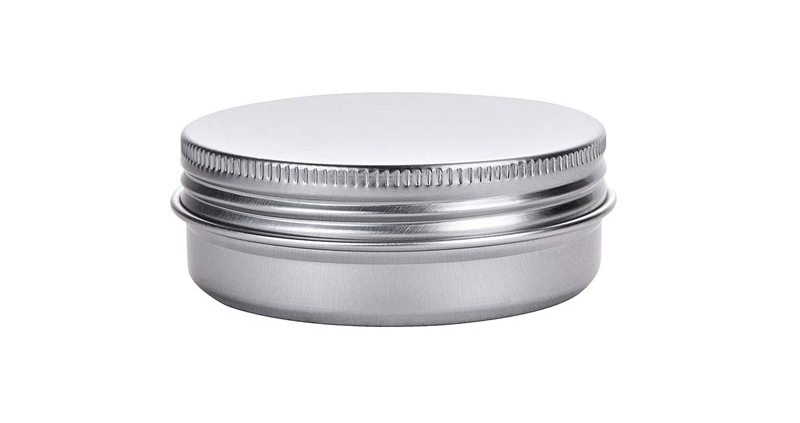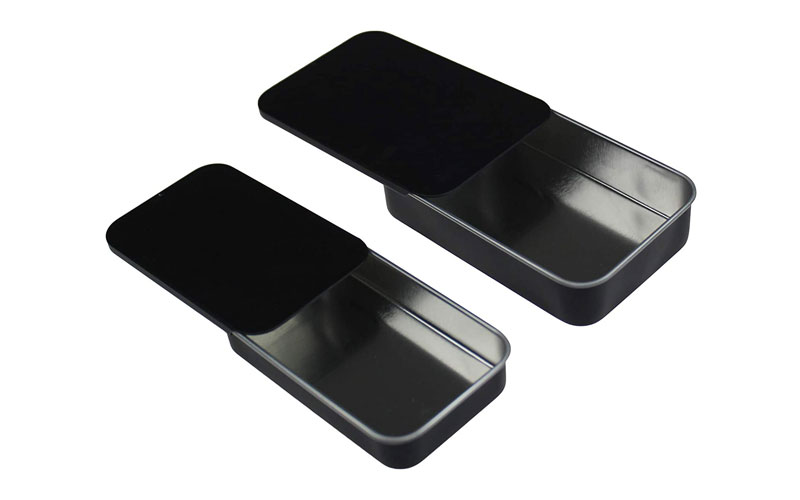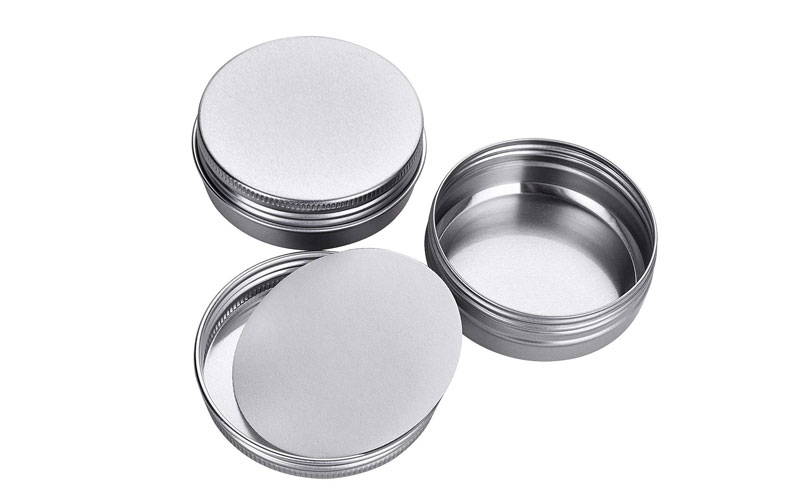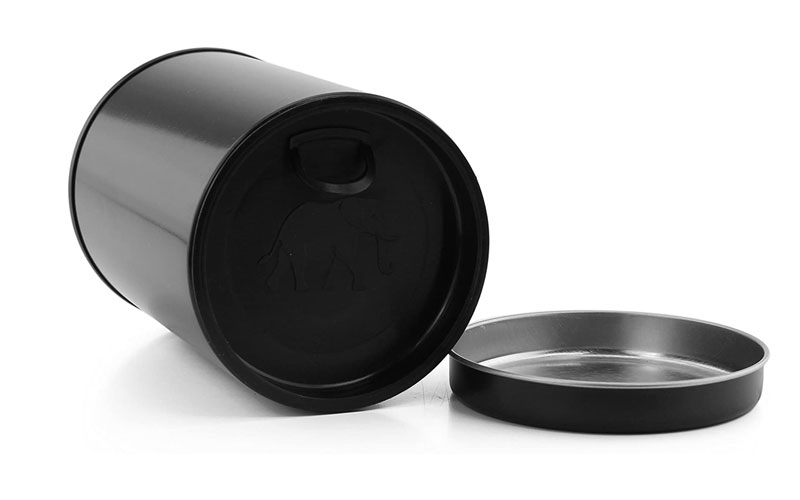What types of sealing options are available for bulk tin containers?
Different sealing options are required when selecting bulk tin containers based on other products. The durability and protection in containers can be used in various applications, including food, cosmetics, and industrial products. The proper sealing option protects the contents from contamination and leakage and enhances the product’s shelf appeal. In this article, we will discuss the various sealing options available for bulk tin containers to help manufacturers and distributors of different products make the right decisions.
Sliding lid seals for bulk tin containers
One of the most common sealing options for bulk tin containers is the sliding lid, primarily designed to add a horizontal sliding lid to the open top of the tin container. It usually incorporates a friction fit or groove that tightly interlocks with the upper edge of the can, providing an airtight and moisture-proof closure. The materials used for containers and sliding lids are typically high-grade metals such as durable, non-reactive tinplate and air- and light-tight. The advantage of the sliding cover is that it is easy to operate. Unlike other sealing mechanisms that require additional tools or force, you can easily open and close the slider manually. This convenience can enhance user experience and operational efficiency.
Screw top seal enhances the security of bulk in containers!
The main feature of the screw cap design is its threaded cap, which screws onto the corresponding threaded neck of the bulk tin container. This interaction between the lid and the bulk tin container creates an airtight seal that prevents leaks and spills. The precise design of the threads reduces the risk of accidental opening during handling or transportation. At the same time, we design the screw cap to provide adjustable closure strength. By tightening the cap, users can increase the sealing pressure level, thereby enhancing protection against external contaminants such as air, moisture, and particles.
Sealing options for hinged lids
Hinged lids are an efficient and user-friendly sealing option for bulk tin containers, designed with a metal hinge mechanism that attaches the lid to the side of the bulk tin container. Ease of operation is one of the main advantages of hinged lids, as they allow quick and efficient opening and closing while reducing the time and effort needed to open and close. Hinged covers often incorporate a snap or locking mechanism on the side opposite the hinge to secure the cover when closed. These features ensure a tight seal, protecting contents from air exposure and moisture intrusion.
Gasket seal
A gasket is a mechanical seal that fills the space between two or more mating surfaces and is suitable for preventing leakage from or into a connected object when compressed. We usually place the gasket on the lid or rim area where bulk tin containers require the most effective seal. The choice of gasket material depends on its compatibility with the contents of the container. Common materials used for gaskets for bulk tin containers include rubber, silicone, foam, and more specialized composites designed for chemical resistance or food-grade applications. The effectiveness of a gasket seal depends not only on the quality of the material but also on achieving the correct fit and performing proper installation. The size and shape of the gasket must perfectly match the lid and body of the container to ensure a consistent seal.
Pressure sensitive seals
Pressure-sensitive seals, including a pressure-sensitive adhesive layer, are typically made from laminate. They formulate this adhesive to stick firmly to container edges when you apply pressure. The construction of these seals typically includes multiple layers: a backing material, an adhesive layer, and sometimes a foil or plastic layer to add strength and barrier properties. One of the main features of pressure-sensitive seals is their ease of use. You can apply seals manually or automatically in a production line setting. Once placed on the edge of a container and subjected to pressure, the adhesive layer forms a strong bond with the container, effectively sealing the contents inside.
Choose the proper seal!
Choosing the right sealing option for bulk tin containers depends mainly on the specific needs of the product being packaged. As a manufacturer, you can learn about the various options and their advantages. The proper seal can maintain product integrity if you are packaging gourmet snacks, cosmetics, or chemical ingredients.





 Facebook
Facebook Twitter
Twitter Linkedin
Linkedin
